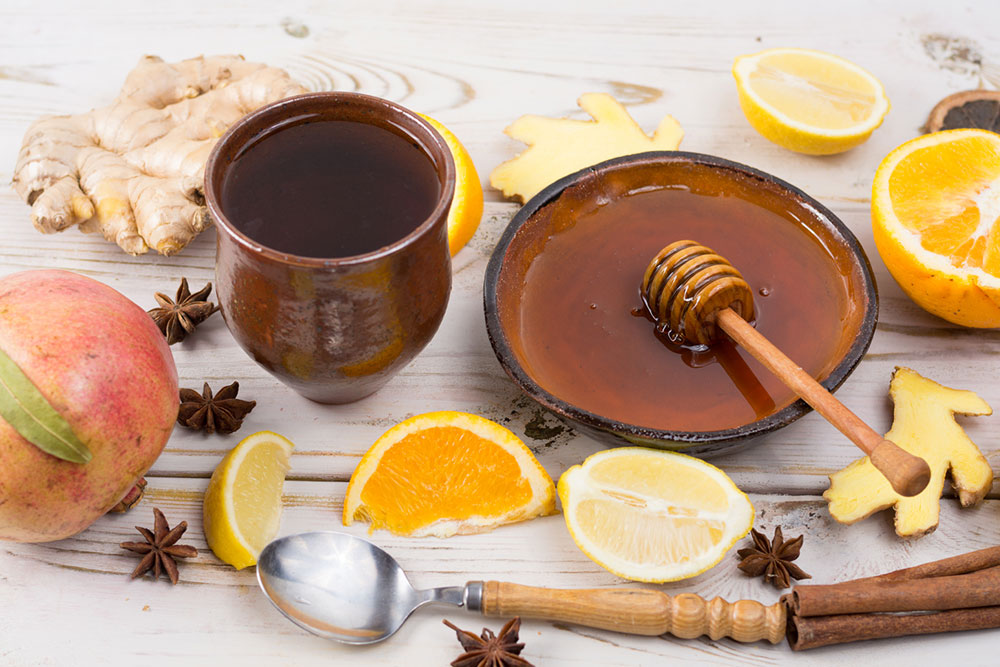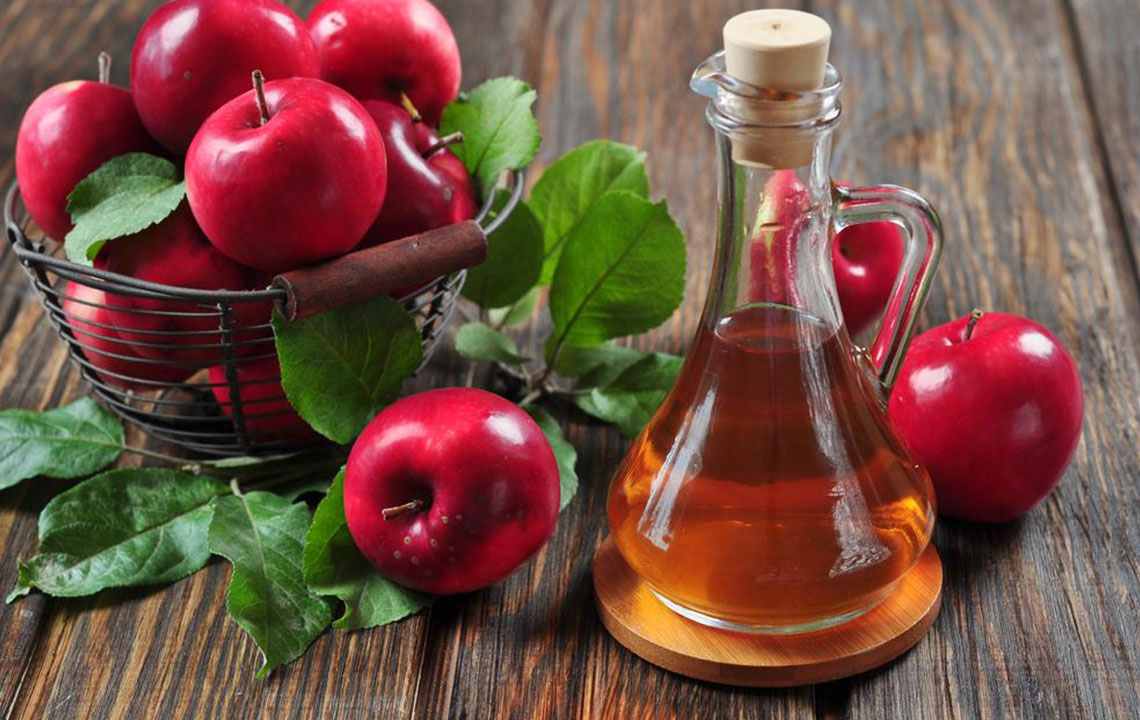Comprehensive Natural Remedies for Tooth Abscess Pain Relief and Recovery
This comprehensive guide explores effective natural remedies for tooth abscess relief, emphasizing the importance of prompt dental care. It covers remedies like saltwater rinses, garlic, clove oil, and herbal rinses, providing practical tips for managing pain and inflammation at home. Combining these natural methods with professional treatment ensures better recovery and oral health. The article highlights signs that require urgent dental attention and offers advice on preventing future abscesses through good oral hygiene practices. A must-read for anyone seeking safe, effective pain relief options before visiting the dentist.

Comprehensive Natural Remedies for Tooth Abscess Pain Relief and Recovery
A tooth abscess is a localized collection of pus resulting from a bacterial infection that affects the innermost part of the tooth, known as the pulp. This condition often develops when bacteria infiltrate through cracks, chips, or untreated cavities, leading to painful swelling, inflammation, and heightened sensitivity. If left untreated, a tooth abscess can pose serious health risks, including the spread of infection to adjacent tissues, jawbone, and even other parts of the body. Recognizing the importance of prompt professional treatment, many individuals seek natural remedies to temporarily alleviate discomfort and support healing before visiting a dentist.
While natural home remedies can provide relief from the intense pain and reduce inflammation temporarily, they should never replace professional dental care. Proper diagnosis, treatment, and possibly antibiotics are necessary for complete recovery. In this article, we explore a wide array of natural solutions that have been traditionally used to alleviate symptoms of tooth abscesses, promote healing, and possibly prevent further complications.
Understanding the Causes and Symptoms of Tooth Abscess
Tooth abscesses typically develop due to bacterial invasion into the dental pulp. Common causes include untreated dental caries, cracked or chipped teeth, gum disease, or trauma to the tooth. Recognizing the symptoms early can help in seeking appropriate care promptly. Symptoms usually include severe throbbing pain, swelling in the face or gums, sensitivity to hot or cold foods, foul taste or odor, and sometimes fever.
Seeking immediate dental attention is crucial, especially if symptoms worsen or if there are signs of spreading infection such as swelling extending to the neck or difficulty breathing or swallowing. However, until professional help is available, certain natural remedies can help manage discomfort and create an environment conducive to healing.
Effective Natural Remedies to Manage Tooth Abscess Symptoms
Saltwater Gargle
One of the simplest and most effective home remedies is rinsing with warm saltwater. This method helps reduce bacterial load, soothe inflamed tissues, and promote gum health. To prepare, dissolve half a teaspoon of non-iodized salt in half a cup of warm water. Swish the mixture thoroughly around the mouth for about 30 seconds, then spit out. Repeat this process 2-3 times a day. Saltwater gargling can provide quick relief from pain and can help draw out some of the infection, reducing swelling and promoting healing.
Baking Soda Solution
Baking soda possesses natural antibacterial properties and can neutralize acids in the mouth, reducing microbial activity. Mix half a tablespoon of baking soda in half a cup of warm water, adding a small pinch of salt for added benefit. Swish this solution around your mouth for about 30 seconds, then spit out. Using this twice daily can help decrease harmful bacteria, remove plaque, and alleviate discomfort associated with a tooth abscess.
Oregano Oil
Oregano essential oil is renowned for its potent antibacterial, antifungal, and antioxidant properties. It can be an effective natural remedy for bacterial infections of the mouth. Dilute a few drops of oregano oil with a carrier oil, such as olive or coconut oil, or directly apply a small amount to a cotton swab. Place the cotton on the affected area for around five minutes. Afterward, wait at least ten minutes before rinsing your mouth. This practice can help reduce pain, inflammation, and bacterial load.
Cold Compress Application
Applying a cold compress or ice pack wrapped in a cloth to the cheek area near the painful tooth can significantly diminish pain and swelling. Hold the compress against your face for 15 minutes, then remove and allow the skin to rest for a similar period. Repeat this process several times during the day. The cold constricts blood vessels, which can help decrease inflammation, numb nerve endings, and reduce the sensation of pain.
Ginger and Red Pepper Paste
Both ginger and red pepper have natural analgesic properties. Red pepper contains capsaicin, which can block pain signals, while ginger contains shogaol and gingerol compounds with anti-inflammatory effects. Mix equal parts of fresh grated ginger and red pepper into a paste. Apply this paste with a cotton swab directly onto the affected tooth or gum area for up to ten minutes, then rinse thoroughly. This remedy can help provide some immediate pain relief and reduce inflammation.
Garlic
Garlic has long been valued for its antibacterial and pain-relieving properties. Extract fresh garlic, crush it into a smooth paste, and apply directly onto the affected tooth or gum. Leave for a few minutes before rinsing thoroughly. Garlic contains allicin, which is a powerful natural antibiotic, helping to fight infection while also soothing pain.
Hydrogen Peroxide Rinse
Diluting hydrogen peroxide with water creates a mouth rinse that can kill bacteria, reduce plaque, and promote tissue healing. Mix equal parts of 3% hydrogen peroxide and water, then swish your mouth carefully for about 30 seconds. Be sure not to swallow the solution. This rinse can help eliminate bacteria, reduce inflammation, and support recovery from a tooth abscess. Use once or twice daily, but consult a healthcare professional if you experience any adverse effects.
Coriander Seed Rinse
Coriander seeds possess antibacterial and anti-inflammatory properties. To prepare a coriander rinse, boil 10 grams of coriander seeds in four liters of water until the volume reduces to about one liter. Let it cool, then strain and use as a mouthwash. Gargling with coriander water can help fight oral bacteria, soothe painful gums, and reduce infection risk.
Clove Oil
Clove oil is one of the most well-known natural remedies for tooth pain due to its active compound, eugenol, which acts as a natural anesthetic and antibacterial agent. Apply a drop of clove oil directly to a cotton ball, then gently place it on the affected tooth, avoiding contact with gums to prevent irritation. Clove oil can temporarily numb pain and kill bacteria, offering significant relief during emergency situations.
When to Seek Professional Dental Care?
While home remedies can provide symptomatic relief, they are not substitutes for professional dental treatment. A persistent or worsening abscess requires prompt diagnosis and treatment by a dentist. If left untreated, an abscess can cause severe complications, including the spread of infection, damage to surrounding tissues, and systemic health issues like sepsis. Signs indicating the need for urgent dental attention include persistent swelling, fever, difficulty swallowing or breathing, and severe pain that does not subside.
Always consult your dentist for a comprehensive treatment plan, which may involve draining the abscess, antibiotics, root canal therapy, or extraction, depending on the severity of your condition.
In conclusion, combining professional care with natural home remedies can help manage the symptoms of a tooth abscess effectively. Practicing good oral hygiene, avoiding irritants, and seeking timely dental consultation are essential steps toward maintaining oral health and preventing future infections.





